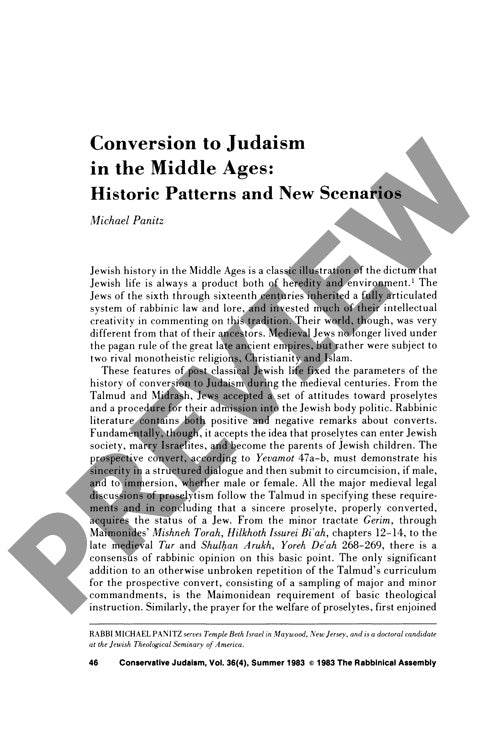Conversion to Judaism in the Middle Ages
Couldn't load pickup availability
Despite official prohibitions by both Roman Law and Islamic authorities, medieval Jewish communities maintained their traditional acceptance of sincere converts, revealing a complex interplay between religious doctrine, political power, and survival strategies. Between the 6th and 16th centuries, large-scale conversions occurred primarily through two distinct channels: the conversion of pagan rulers like Dhu Nuwas in Yemen and the Khazar royal house as acts of political independence, and the systematic conversion of slaves by Jewish slave-owners in the Islamic world. Analysis of rabbinic responsa, legal texts, and contemporary chronicles demonstrates that individual conversions persisted even during periods of intense persecution, particularly among Christian clergy attracted to Jewish theology and individuals motivated by personal relationships. Drawing on talmudic precedents, geonic responsa, medieval halakhic literature, and documented cases of individual conversions across different geographic regions, the evidence shows that Jewish attitudes toward proselytes remained fundamentally positive throughout most of the medieval period. However, following the Crusades and intensifying persecution in Christian Europe, Jewish communities became increasingly reluctant to accept converts due to the extreme dangers posed to both the convert and the accepting community. These restrictions emerged as temporary responses to hostile environments rather than representing a fundamental theological shift away from the traditional policy of accepting sincere converts.

More Information
-
Physical Description
-
Publication Information
Published 1983
ISBN
-
Publication Credits
Michael Panitz

